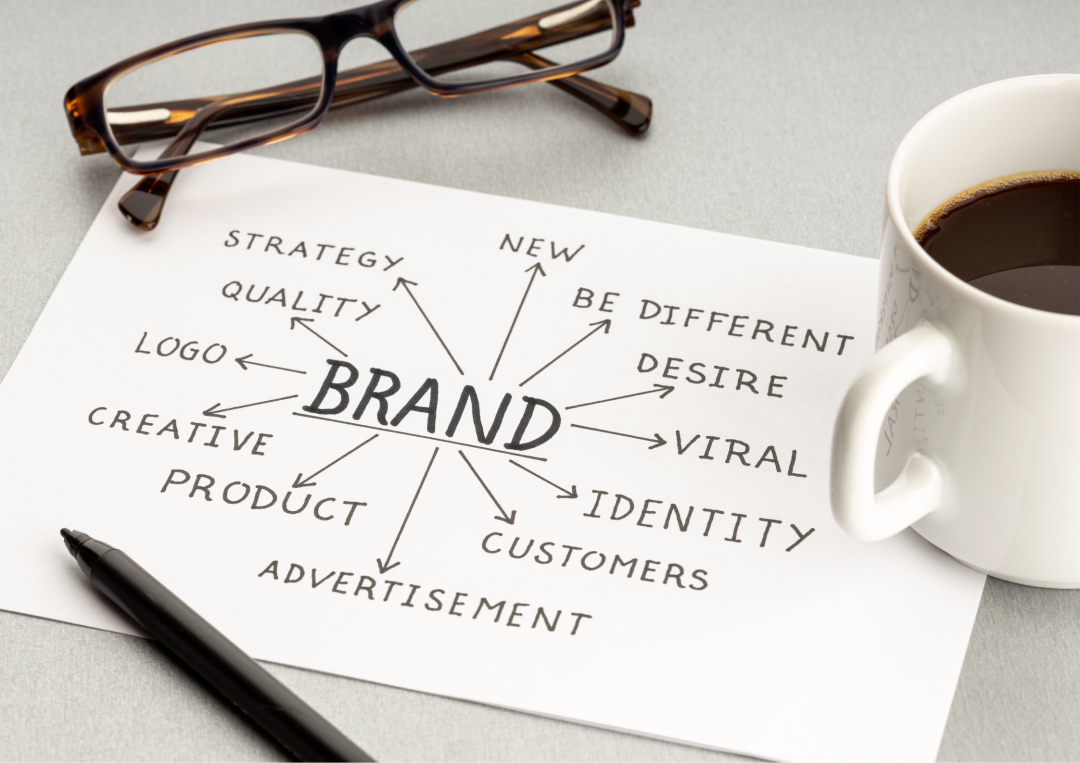Developing the Premium Brand Business Model
Richard Wertheim founded “Just Sheepskin” (www.justsheepskin.com) from scratch in 2002. He built a successful premium brand of consumer goods that were sold via major retailers in the UK. After 10 years Richard sold the business to a US Consumer Goods company for a seven figure sum.
Clearly, Richard had many experiences along the way of starting, building and selling a successful company and this sets him up to advise the next generation of ambitious business owners.
Creating a successful business model...
As explained in his first article Richard initially launched his business as a retail business. This proved to be a great way to gain an understanding of the product range; the target consumers and information on consumer / retail prices.
His retail experience together with his financial awareness helped Richard to form a clear view on:-
- Which sheepskin products Just Sheepskin would manufacture and sell?
- Which colours Just Sheepskin would offer their products in?
- Which age group Just Sheepskin products would target?
Importantly, Richard took the brave decision to change the “Just Sheepskin” business model from “retailer” to premium brand owner. As the brand was Premium, Richard aimed at leading high street retail chains such as John Lewis, House of Fraser, Next, Selfridges and Debenhams amongst various others.
Richard’s commercial acumen proved robust as already mentioned the premium consumer brand model had a much lower fixed cost base and a much larger potential to reach scale quickly.
The new business model had many benefits
There were also significant benefits in reduced investment in Working Capital and supply chain.
Less Stock...
By supplying large high street retail chains, the company could “manufacture to order” and significantly reduce the level of stock it needed to hold. Also, by not having to buy stock to “fill a store”, the company could specialise in fewer SKU’s (stock keeping units). This business model significantly helped the working capital requirements of Just Sheepskin.
Big retailers, pay on time and save logistics costs
The large high street retail chains are far more reliable when it comes to paying invoices on the due dates agreed, be that 15 days, 30 days, 45 days or say 60 days, these large chains paid their invoices on time.
This reliability significantly helped the company with planning and forecasting of cashflow requirements.
The business model also gave significant savings in logistics by delivering an entire order to one central distribution point for each high street retail chain. “Just Sheepskin” decided to pass on most of these savings to the large retailers to allow its products to be more competitively priced in store.
The business could obviously have a much smaller focussed sales team.
Don’t chase Sales, put in place target margins
In the early days of the new business model, Just Sheepskin had a very exciting and significant business win with River Island. This contract offered spectacular business growth.
However, Richard’s training and diligence led him to check the details of the contract and he soon realised that his business was not making enough margins on this account.
This led him to quickly put in place target margins that had to be achieved across the business. This was another important factor in building a successful business. As the old adage goes… Sales is VANITY; Profit is SANITY. Thanks to Richard the business saw sense and learned a tough lesson on getting the margins right.
Keeping in touch with consumers
As part of its new business model, Just Sheepskin also built a successful online store at www.justsheepskin.com.
The direct to consumer business model allowed Just Sheepskin to stay close to consumers and continue to gather commercial intelligence on the consumers attitude to premium prices.
Stepping back and reviewing the business model literally can change the game…
When considering different business models it is important to think through the likely impact on Working Capital (i.e. levels of Stock holding needed; Debtor days; Credit Risk).
Richard’s choice of Premium Consumer Brand business model over a Retail business model proved to have major benefits in terms of reduced fixed costs and faster sales growth potential but it also had some very favourable upsides in Working Capital.
